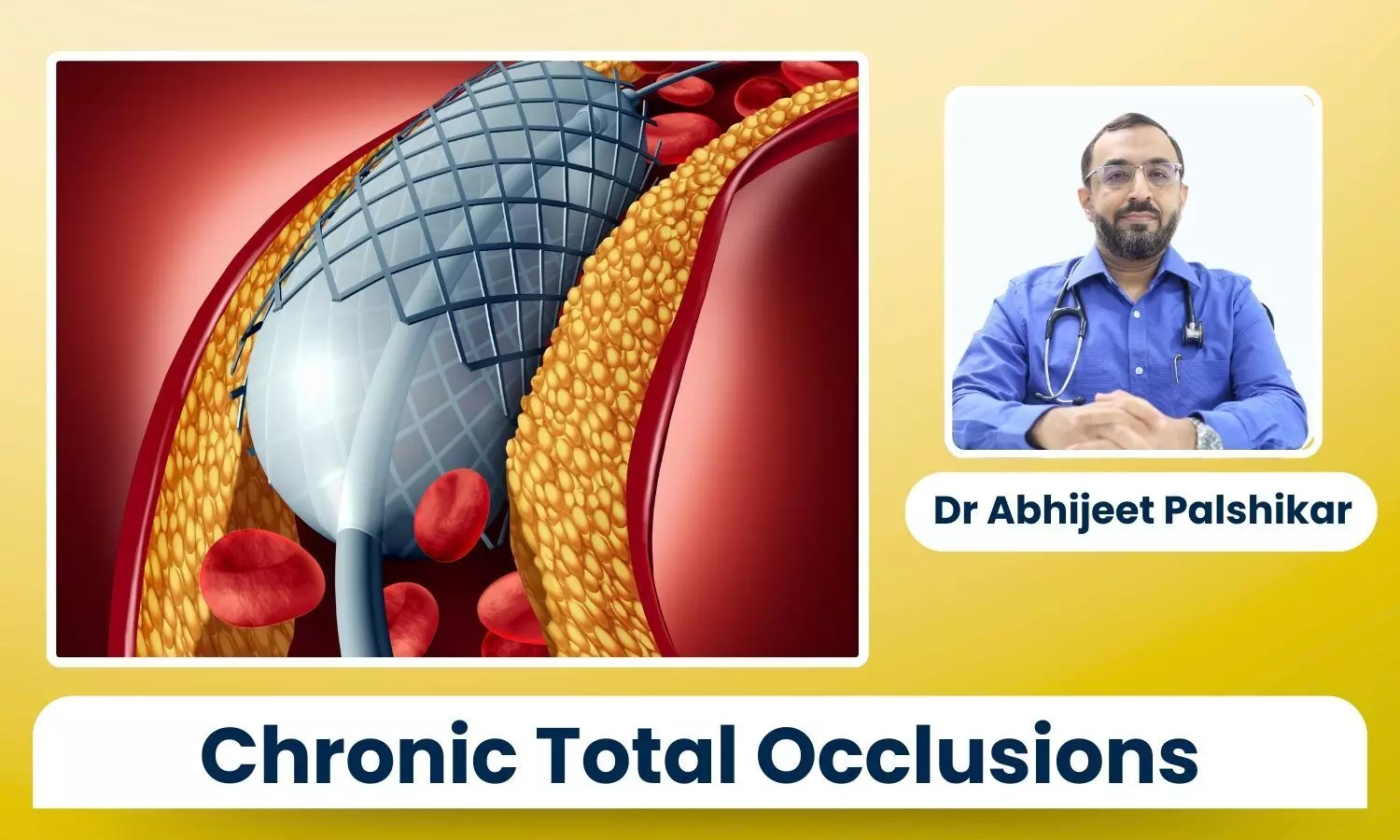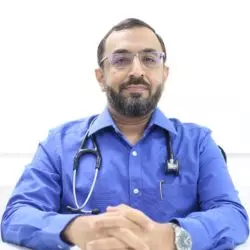Laser Angioplasty: A Minimally Invasive Solution to Chronic Total Occlusions - Dr Abhijeet Palshikar

Heart disease is one of the biggest health problems in India today, and one of its most difficult forms is something called a Chronic Total Occlusion (CTO). This means that one of the blood vessels supplying the heart (called a coronary artery) is completely blocked for more than three months.
When this happens, blood cannot reach a part of the heart muscle, which can cause chest pain, tiredness, or shortness of breath. Treating such blockages has always been a challenge; many patients earlier had no option but to undergo bypass surgery.
But now, thanks to modern technology, a less invasive treatment called Laser Angioplasty is available, offering patients a safer and faster way to restore blood flow.
What Is Chronic Total Occlusion (CTO)?
CTO happens when fatty deposits (known as plaque) harden inside the artery and completely stop the flow of blood. Unlike partial blockages, where some blood still moves through, a CTO blocks the artery 100%.
This makes it much difficult to treat. Many people live with such blockages unknowingly, while some experience symptoms like chest pain (angina) or fatigue during daily activities.
What Is Laser Angioplasty?
Laser angioplasty is a minimally invasive technique in which a thin, flexible tube known as a catheter equipped with a laser quietly dominates the scene. The laser emits precise, pulsed ultraviolet light, shredding the cholesterol plaque without harming the normal vessel wall.
Rather than slicing, the beam works like a molecular vacuum, transforming the build-up into a fine mist of harmless particles carried onward by the blood. After clearing the channel, the artery is readied for a balloon catheter and a tiny stent, which together guarantee that blood flows as it should for years to come
How Is the Procedure Done?
This entire process of healing takes place in a catheterisation lab, engineered for cardiac repair. First, a small tube enters via a wrist or groin artery, revealing a secret tunnel right into the heart itself.
The laser guide slips through, finding the blockage. Several flickers of ultraviolet light pulse through its tip, excavating a clear channel. Blood can once again flow through its rightful highway. In most cases, doctors then use a balloon and place a stent (a tiny wire mesh tube) to keep the artery open long term.
Benefits of Laser Angioplasty - Laser angioplasty can be especially helpful for patients who have long-standing chronic total occlusions that are difficult to treat with regular methods.
It is also a good option for individuals who may not be suitable for open-heart bypass surgery, either because of advanced age or the presence of other health conditions that make major surgery risky.
In addition, this procedure is particularly useful for people with very hard or calcified blockages, where standard angioplasty techniques are often unsuccessful. Each patient is first checked with tests like an angiogram (X-ray imaging of blood vessels) to decide if this procedure is right for them.
Risks and Safety - Like all heart procedures, there are some risks, such as damage to the artery wall or bleeding at the tube’s entry site. But these are uncommon, and the procedure is done under close monitoring. Most patients recover quickly and are discharged within a day or two.
Laser angioplasty is an important step forward in the treatment of chronic total occlusions. It gives patients a chance to avoid open-heart surgery and still get relief from symptoms.
With more hospitals in India adopting this technology, it is becoming a practical and life-changing option for many. To put it simply, laser angioplasty works like shining a focused light inside the artery to clear away the toughest blockages.
For people with CTOs, it offers hope, faster recovery, and a better quality of life. It is one of the modern tools helping us fight heart disease more effectively.
Disclaimer: The views expressed in this article are of the author and not of Health Dialogues. The Editorial/Content team of Health Dialogues has not contributed to the writing/editing/packaging of this article.


